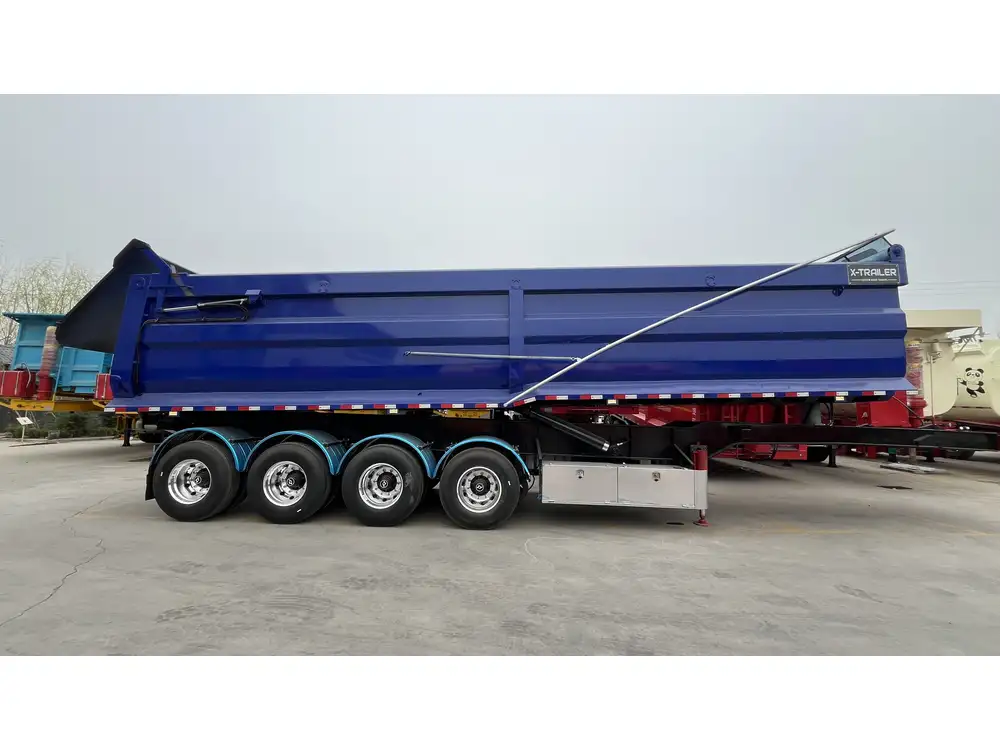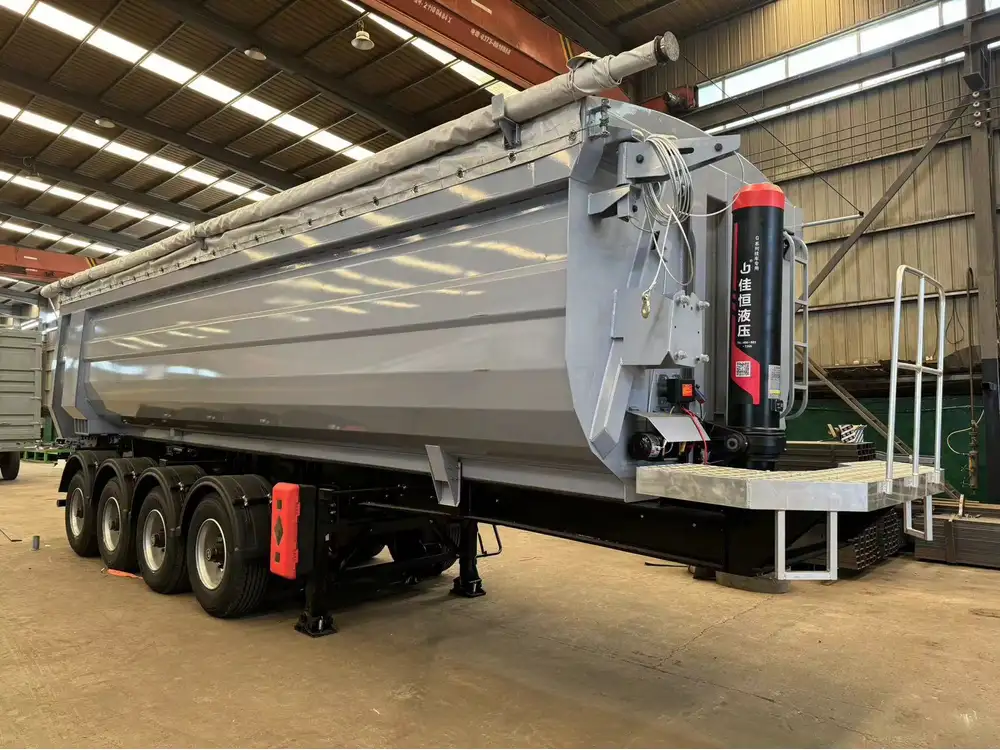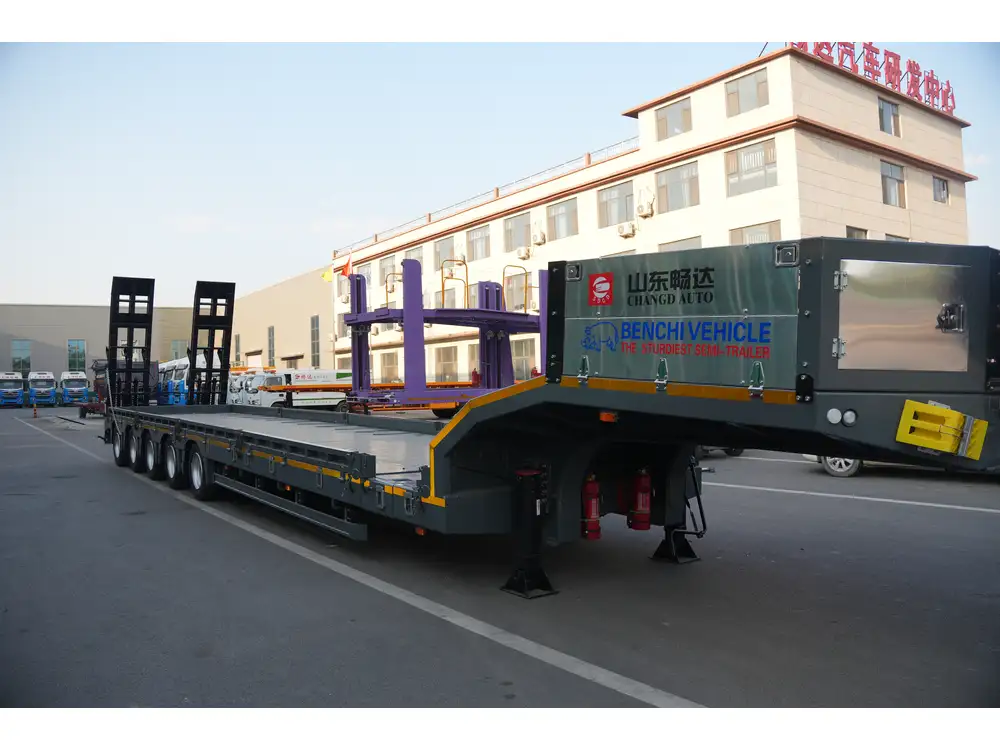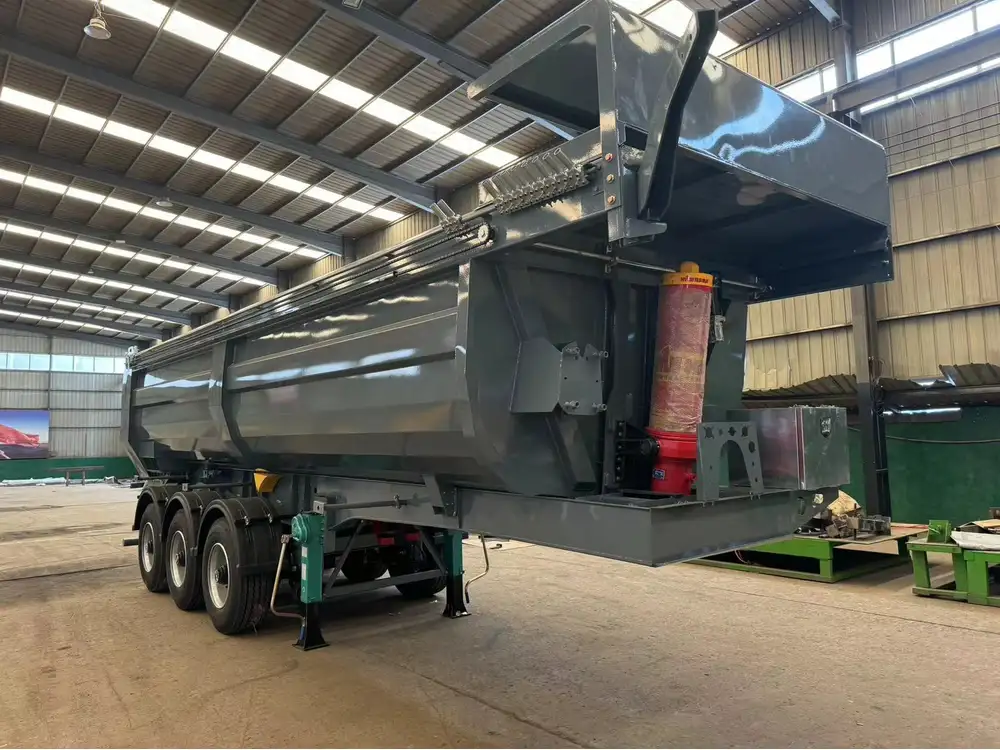When it comes to maintaining a semi-trailer, ensuring your tires are in peak condition is crucial for safety and efficiency. One essential aspect of tire maintenance is checking the tread depth. This guide will delve deep into the intricacies of tire tread inspection on semi-trailers, guiding you through the process with precision.
Importance of Checking Tire Tread Depth
Proper tire maintenance cannot be overstated, as it significantly affects the overall performance of your semi-trailer. Worn-out tires can lead to:
- Reduced Traction: Insufficient tread depth diminishes the tire’s grip, especially in adverse weather conditions.
- Increased Stopping Distance: Worn tires result in longer braking distances, posing a risk to safety.
- Poor Fuel Efficiency: Tires that are not properly maintained require more energy to maintain speed, leading to higher fuel consumption.
- Risk of Blowouts: Tires that are too worn are more susceptible to blowouts, which can cause severe accidents.
Understanding how to assess tire tread depth is essential for any operator or owner of semi-trailers.
How to Measure Tread Depth

Recommended Tools
To measure tire tread depth effectively, a few tools can prove invaluable:
- Tread Depth Gauge: A simple and accurate tool designed specifically for this purpose.
- Penny Test: A more straightforward method using a United States penny to estimate tread depth.
- 3/32-Inch Measurement: Knowing that a tire’s tread should ideally be above 4/32” for optimal performance.
Step-by-Step Process
Preparation: Ensure safety by parking the semi-trailer on a level surface and setting the parking brake.
Inspecting the Tread:
- Begin by visually examining each tire for visible wear patterns, such as uneven wear or bald patches.
- Ensure to check all tires, including dual tires, as wear can differ between inner and outer tires.
Measuring Tread Depth:
- Insert the tread depth gauge into the most worn section of the tire.
- Press down until the base of the gauge is level with the tread, and read the measured value.
- For the penny test, insert a penny into the tread with Lincoln’s head facing down. If you can see the entire head, it’s time to replace the tire.
Recommended Tread Depth Standards
| Tread Depth (in 32nds of an inch) | Condition | Action Required |
|---|---|---|
| 10/32″ – 12/32″ | Good | Regular check-ups |
| 6/32″ – 8/32″ | Fair | Plan for replacement |
| 4/32″ – 5/32″ | Worn | Immediate replacement advised |
| Unsafe | Replace without delay |

Ideal Tire Maintenance Practices
Maintaining proper tire condition goes beyond just tread depth checks. Here are some complementary practices:
Regular Visual Inspections
Visual inspections should be performed routinely to identify:
- Cracks or bulges in the sidewalls.
- Foreign objects lodged in the tread.
- Signs of uneven wear patterns that might indicate alignment issues.
Rotation and Alignment
Ensuring that tires are rotated and properly aligned helps:
- Maximize tread life.
- Prevent unnecessary wear and tear.
- Enhance fuel efficiency.

Tire Inflation Checks
Maintaining the correct tire pressure is vital for:
- Ensuring even tread wear.
- Optimizing fuel efficiency.
- Minimizing the risk of blowouts.
Seasonal Considerations
Weather conditions influence tire performance significantly. Operators should:
- Use winter tires in cold climates with inadequate tread depth for summer tires.
- Monitor tread conditions closely during seasonal transitions.
Signs Your Semi-Trailer Tires Need Attention
While tread depth is a pivotal factor, other signs may indicate that your tires need attention:
- Vibration or Noise: Unusual vibrations or noises emanating from the tires can signify alignment or wear issues.
- Pulling to One Side: If the trailer pulls to one side while driving, it may suggest uneven wear or alignment issues.
- Excessive Heat: Overly hot tires can indicate under-inflation, excessive load, or alignment problems.

Video Guidance on Tire Tread Checking
Visual aids can offer significant insights into the tire tread inspection process. Below are suggested video resources that thoroughly demonstrate how to check tire tread depth on semi-trailers:
- YouTube Channel: Trailer Maintenance Tips: Offers a video titled “How to Measure Tire Tread Properly” featuring real-world demonstrations.
- Manufacturer Webinars: Various semi-trailer manufacturers provide recorded sessions on tire care, including tire tread depth measurement techniques.
Engaging with Professional Services
While self-assessment can be helpful, periodic inspections by professionals are recommended. They possess the expertise and equipment that can detect issues that may not be immediately obvious to the untrained eye.
When to Seek Professional Help
- If your inspections reveal significant wear patterns.
- If you are unfamiliar with tire maintenance.
- If road performance issues are persistent despite proper upkeep.

Benefits of Professional Inspections
| Benefit | Description |
|---|---|
| In-Depth Analysis | Comprehensive assessment of tire health. |
| Access to Specialized Equipment | Tools that provide accurate evaluations. |
| Expert Recommendations | Tailored advice based on specific tire conditions. |
Cost of Tire Replacement for Semi-Trailers
The cost of replacing tires can vary significantly based on several factors such as brand, type, and size of the tire. Generally, plan for the following:
- Standard Tires: $300 – $600 per tire, installed.
- Specialized Tires (e.g., for rugged terrain): $700+ per tire.
Consequently, regular maintenance and timely replacements can safeguard against higher future costs generated by safety issues or operational inefficiencies.
Environmental Considerations
When disposing of old tires, consider the following environmentally friendly practices:
- Recycling Programs: Many communities have recycling facilities specifically for tires.
- Retreading: Retreading worn tires can extend their lifespan and significantly reduce waste.

Conclusion
In summary, checking tire tread depth on semi-trailers is a critical maintenance task that impacts safety, efficiency, and operational costs. By understanding the importance of tire tread, utilizing proper inspection methods, and engaging with professional services when necessary, you can prolong the life of your tires and ensure the safety and efficiency of your semi-trailer. Engaging in these practices not only fosters a safer driving experience but also promotes responsible vehicle management.
By implementing the methods outlined in this comprehensive guide, you will be well-equipped to maintain your semi-trailer’s tire health effectively, ultimately leading to enhanced performance and safety on the road.



